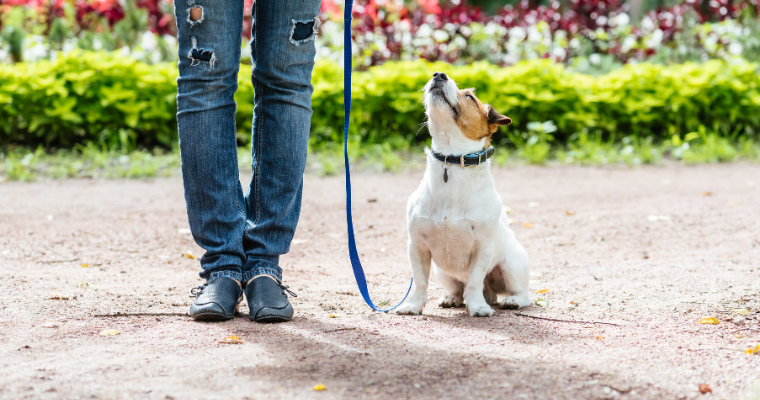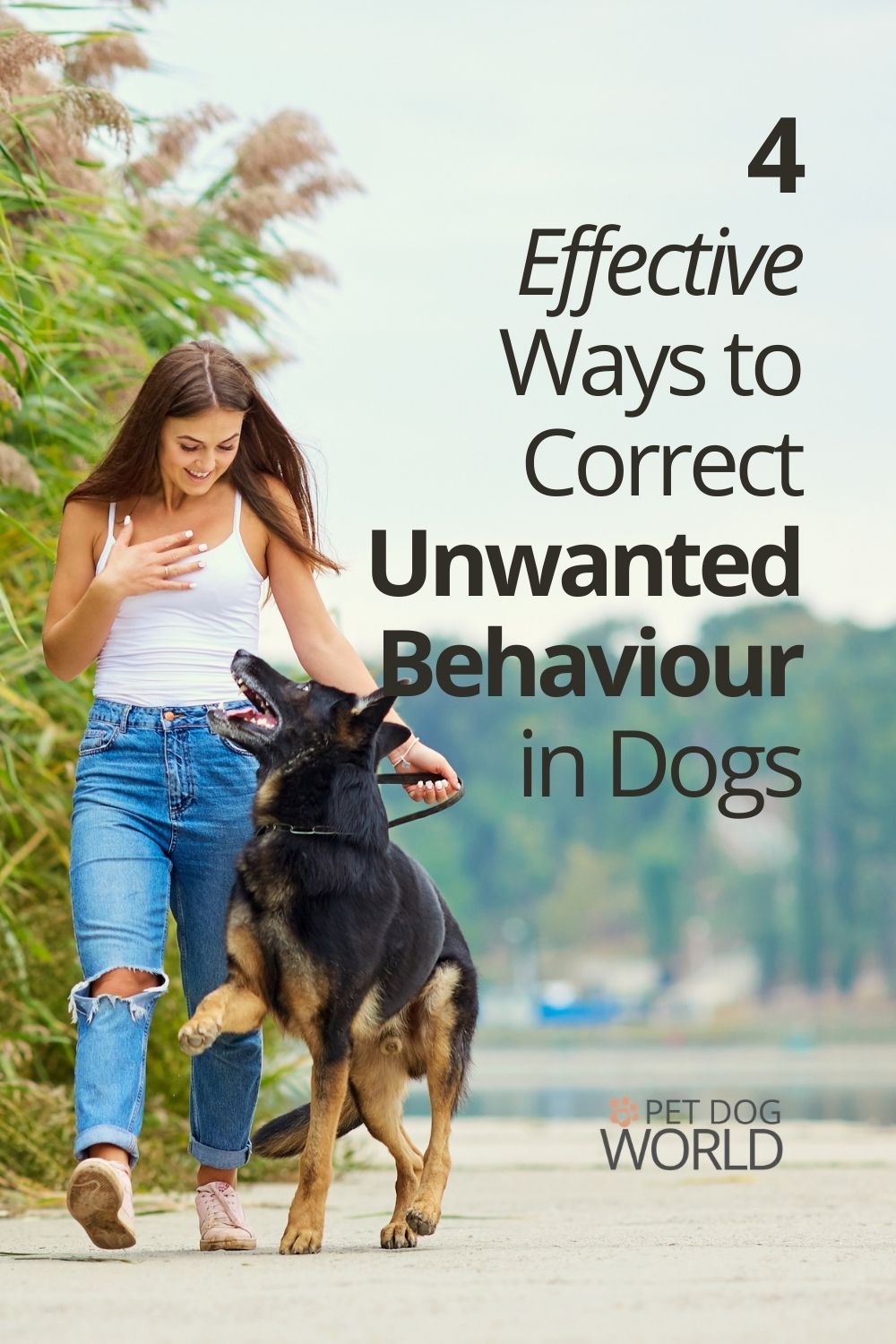Most people are a little impulsive when their dogs do something they don’t like. What any respectable dog trainer will tell you is, cursing at your dog or sternly saying the word “no” or “bad dog” does nothing to rectify this unwanted behaviour.
Note that your dog is very fragile, and continually shouting at it will do more to make it afraid of you than it will get rid of any unwanted behaviour. Dog’s require direction. Responding angrily without indicating any directive does nothing to help the situation. So what is the best way forward? And how should you react if you find your dog chewing on your couch?
Here is a list of ways to fix unwanted behaviour while still preserving the relationship.

Understand the Reason for the Behaviour
You won’t get anything done if you have no idea why your dog is acting out in the first place. The biggest problem with most pet owners is they don’t take the time to understand how to communicate with their dogs correctly. Unwanted behaviour varies; it may be a way to try and get your attention; it may be a response to anxiety, fear, boredom, or any of a list of reasons.
The first step is to communicate, learn your dog’s non-verbal cues, then find an outlet for this behaviour. Once you’ve chalked it down to any of these reasons, then you can effectively solve whatever frustrations it is experiencing.
Proactive Management
Boredom is perhaps the biggest problem when it comes to dealing with unwanted behaviour in dogs. Most breeds are happy and playful, and chewing on your shoes or digging around the garden is mostly a sign of boredom. Here is where a proactive approach is necessary.
Get your dog a *chew toy, raise your fence, install window locks and baby gates, anything that will put a gap between the dog and whatever behaviour you want it to stop.
Dogs also tend to bark at traffic or other things they see outside your house. So do whatever you can to block this line of sight. Once you’ve removed all the items that trigger unwanted behaviour, it will get simpler to manage. The most challenging part will come when you need to find an alternative to this behaviour.
Develop Alternatives
Getting your dog to stop unwanted behaviour is all about developing alternatives. Don’t be angry when your shoes get chewed, find your dog something else to do. It’s all about diverting its attention in a way that is not destructive.
Develop a checklist of all the things you would want your dog to do; that’s an excellent place to start. For instance, think of another greeting your dog can adopt instead of jumping all over your kids and guests.
If you don’t like your dog tugging at the leash when you walk it, try to teach it how to walk alongside you with minimal fuss.
Trying to instill these new habits may take a bit of time, but if it helps reduce all the nasty ones, then it is worth it.
Training! Training! Training!
Dogs respond to patience and consistency. The only way to effectively communicate with your dog and ensure it knows what you expect is to have a training regime that rewards a successful set of understood instructions.
*Zak George’s Dog Training Revolution: The Complete Guide to Raising the Perfect Pet with Love.
Gradually teach your dog what you want it to do and when. Try and instil new habits that are agreeable and reward it when it follows.
Let your dog know what is acceptable and what isn’t without getting too vocal or seeming aggressive. Try not to scare your dog into submission. Instead, allow it to learn and adapt. Note that your dog wants to understand you just as much as you want to understand it, so be patient.
Bottom line
Finally, your dog cannot articulate its feelings or whatever issues are contributing to unwanted behaviour. It is up to you to take the time to understand its frustrations and help it get through them. It all boils down to how thorough you are with your training and how patient you will be with your dog.


